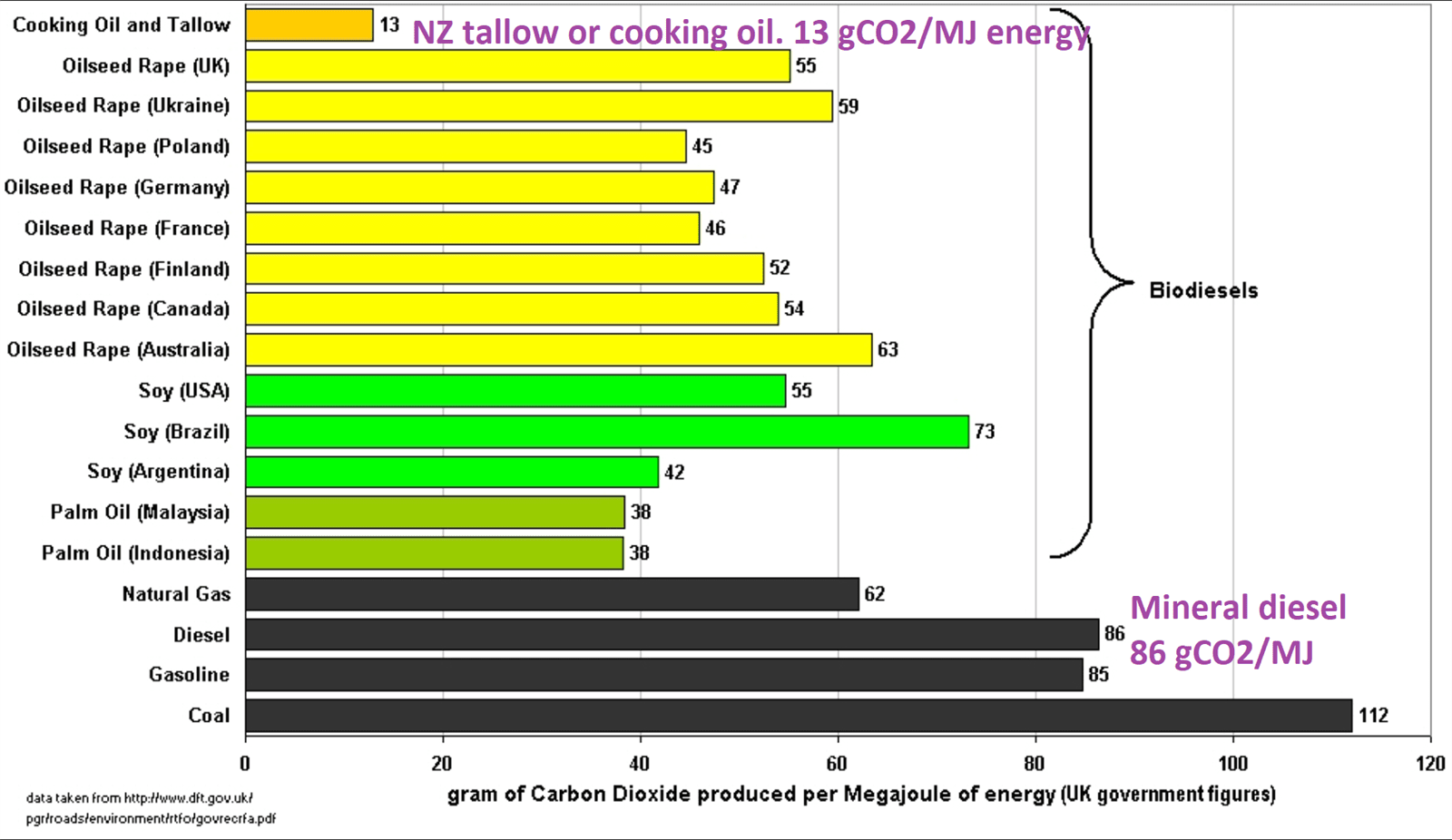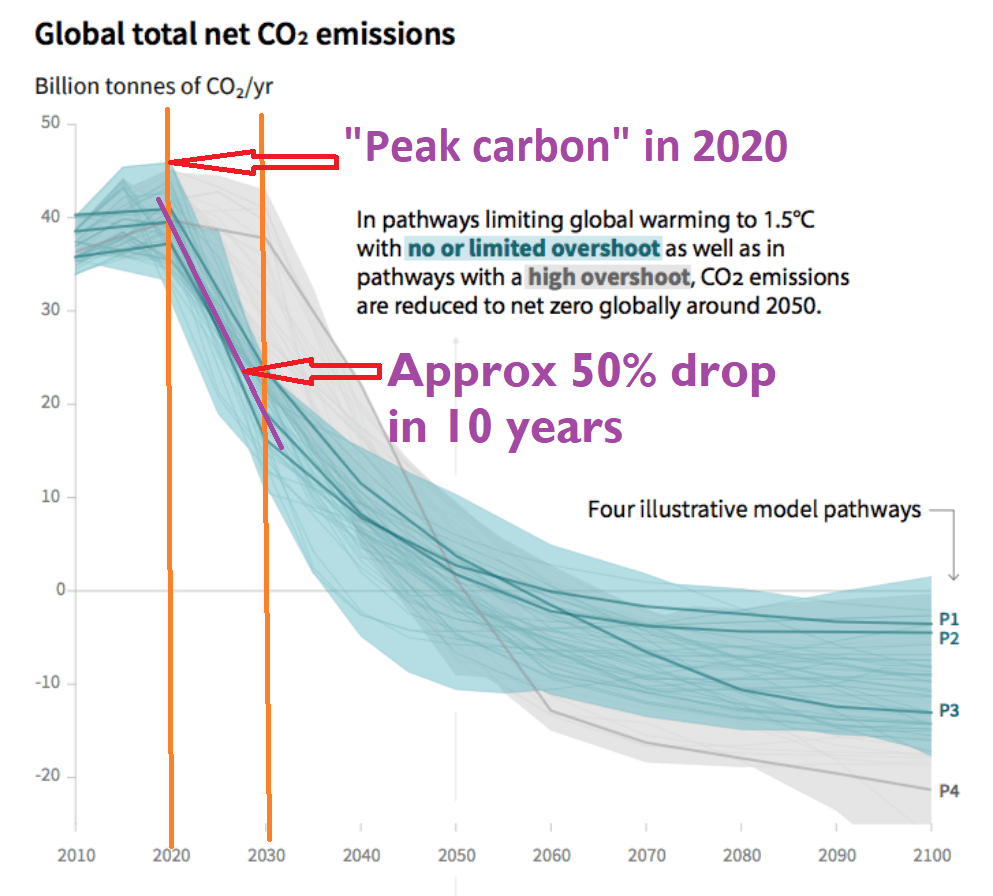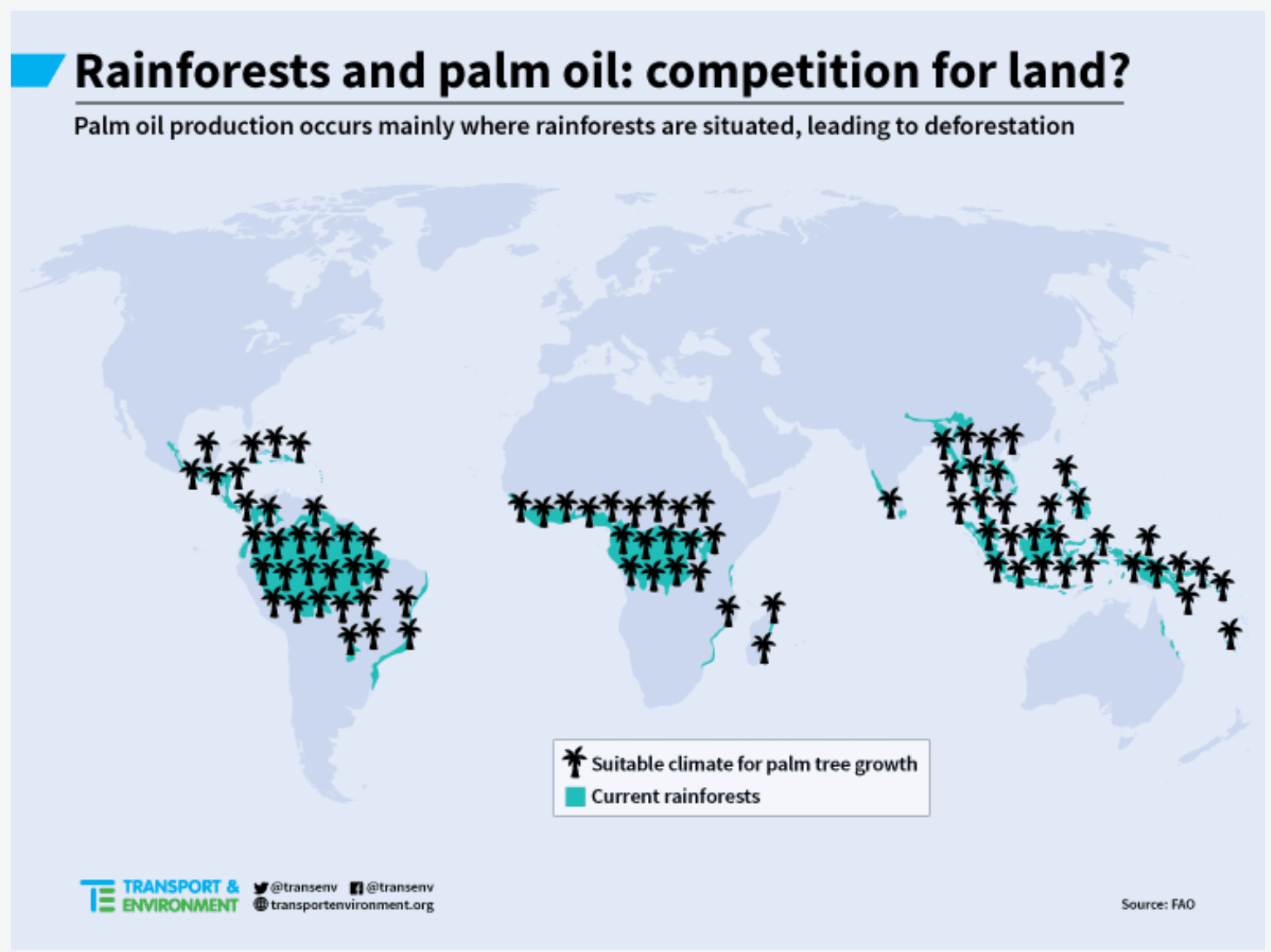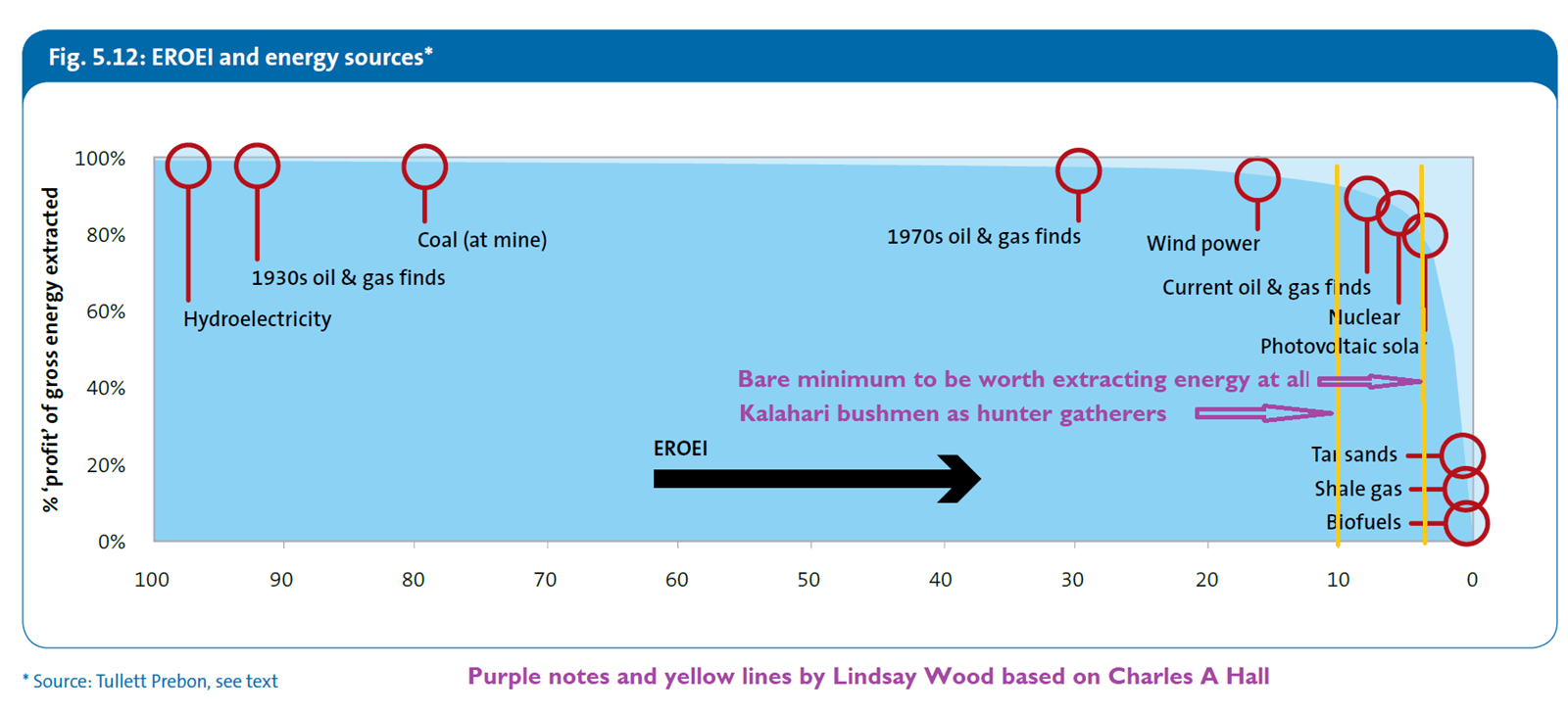Why bother with biodiesel? The most we could produce would hardly dent our current consumption of mineral diesel, and big questions hang over biodiesel, like emissions associated with some manufacturing, and the ‘net energy return‘ on its production. But the answer is simple: we must bother to help achieve ‘peak carbon‘ in 2020 – the point at which we (as in the world as well as New Zealand) must reverse the trend of rising emissions and begin in earnest the downward trend – to avert the most catastrophic outcomes of the climate crisis. That means pulling out all the stops to reduce emissions, and one such stop is biodiesel, making it worthwhile even for just a few percentage points (plus there are other gains, like reducing cancer-forming PM2.5 particulates). Ministry for the Environment figures report road transport at 18% of total emissions, second only to dairy cattle (22%), but rising much faster. Factoring in biodiesel makes great sense, especially short term, allowing quick emissions reductions while momentum builds on the big transitions to hydrogen and battery powered transport. But not all biodiesels are equal. Litre for litre, emissions from biodiesels range from 15% to 65% of those from mineral diesel, with New Zealand biofuels at the ‘good‘ end of the range. Our B100 approaches 80% emissions reductions, and B10 almost 8%. So, switching a truck to B10 covers one year‘s 7% emissions reduction.

Diag: Comparing CO2 emissions for different feedstocks.
Source: Wikipedia and UK Department for Transport, annotation author.

Diag: New Zealand‘s ‘Zero Carbon Act‘ echoes this IPCC graph. To reach zero net carbon by 2050 (when emissions are completely offset by absorption by trees, etc.) we must cut emissions about 50% by 2030, or 7% p.a. This is a most important point in our approach to successfully averting the worst of climate change – every delay makes subsequent emissions cuts ever more drastic (and the 7% per annum we are already facing is drastic enough).
While recognising the important benefits of biofuel, we need some reality checks before getting too enthusiastic. US business magazine Forbes summarised it well: “To be a viable alternative for petroleum, a biofuel should provide a net energy gain, offer clear environmental and economic benefits, and not reduce food supplies and/or increase their costs.” Although all biodiesel comes from animal fat or vegetable oil (Green Fuels mianly use used canola oil, Z Bio D tallow, and Gull‘s Diesel Max both), there are critical differences within feedstock categories. This is especially so between used cooking oil and crops grown specifically for feedstock (the latter has multiple downsides, ranging from poor net energy gain and negative social impacts to fertiliser emissions, sometimes overwhelming all gains from biodiesel). Palm oil is grown globally as a major biodiesel feedstock, but palm plantations entail massive clearing of rainforests (which are major carbon sinks), and/or disruption to local food production. Additionally, biodiesel will only ever be a small player as a road fuel, and while our by-product-sourced biodiesel is near-optimal, only a fraction of current demand can be met by it (although reportedly some 90% of our used cooking oil is currently exported). However, deliberately grown feedstock has appalling energy return. There isn‘t enough land to grow sufficient crops, and the World Resources Institute reports photovoltaics producing up to 300 times the energy per hectare of biofuel crops. The ‘EROEI‘ (energy return on energy invested, or net energy gain) for biodiesel from crops puts it at the bottom of the ‘energy cliff ‘, making it unable to sustain society as we know it.

Diag: Palm oil (trees) competing with rainforests (green). Source: Transport and Environment.

Diag: The ‘energy cliff‘ and falling net energy gain. PV is barely viable, biofuels are shown as worst (but are variable). Source: Tullett Prebon, annotation author.
Accepting biodiesel as a niche market that can still contribute to reducing our transport emissions, how does the economics of carbon pricing stack up in that sense? Broad-brush calculations (see Illustrative carbon pricing) at current carbon pricing shows B5 and B10 must be less than 1c/litre dearer than mineral diesel for price parity (and B100 6c/litre more). Present biodiesel pricing varies, from current near-parity between B5 and mineral diesel in Auckland, up to 50c/litre or more premium for B100 in the Nelson area. If B100 cost, say, 25c/ litre more to get to the pump, it would likely require a carbon price over $100/ tCO2e (CO2e is the global warming potential of other gases compared to that of CO2) to create price parity with meineral diesel.
Of course, there are many other benefits of by-product-based biofuel, including helping our balance of payments, reducing waste streams, and better conserving precious resources and natural ecosystems. But the really big cost of tackling the climate crisis will come if we fail to do enough to cut emissions, and in the big picture such failure would make pennypinching over price look ridiculous.
Summary
• Fossil-fuelled transport is a major and escalating source of GHG emissions.
• Discontinuing fossil fuels ASAP is critical to tackling the climate crisis.
• Our Zero Carbon Act requires yearon- year decarbonising of 7% until 2030.
• B5 and B10 can be widely used, reducing GHG emissions some 4% and 8% respectively.
• New Zealand biodiesel feedstocks are near-optimal for making lowemission biodiesel.
• Available biodiesel feedstock can only supply a fraction of the total diesel demand.
• Cropping specifically for biofuels makes poor sense energy-wise, socially or environmentally.
• Carbon prices should jump to incentivise change, but there are also other big issues.
• Longer-term, decarbonising must encompass electrification via batteries or hydrogen.
Lindsay Wood is a director at Resilienz Ltd and author of Climate Matters newsletter
Illustrative carbon pricing
Note: This is simplified to illustrate carbon costing. Other major variables, like fuel taxes, RUC, or international exchange rates, are omitted here, but are needed for a full picture.
Mineral diesel emissions = 2.68 kgCO2e/l (MfE)
NZ biodiesel emissions = 0.43 kgCO2e/l (MfE plus UK)
Milage drops say 7.5% for B100.
• Compared to mineral diesel, New Zealand biodiesel saves GHG emissions of about 2.1 kgCO2e/litre.
• At an indicative current carbon price (CO2e) of $25/tonne, B100 saves about 5.3c worth of CO2e per litre, but reportedly costs up to 50c/litre more to get to the pump.
• For price-parity, to cover say a 25c/litre production premium for B100, the carbon price must rise to over $100/tCO2e (yielding 21c/litre or more @ 2.1 kgCO2e/litre).
• It‘s myopic to evaluate the future of the planet simply in terms of immediate price parity, but it gives insights into the potential impact of emissions pricing. To an extent it also validates recurring comments that a carbon price over $100/tCO2e is needed to seriously drive climate-friendly behavioural change.
Perspective on decarbonisation
This article was written before Covid-19 escalated globally. Putting the 7% annual decarbonisation in that context, tentative analysis suggests Coronavirus will cause emissions drops over 6% in 2020, barely one year‘s worth of decarbonisation. Given climate change is a greater existential threat than Covid-19, if anything should propel us to max out our own decarbonisation efforts, it‘s the thought we need that rate of emissions reduction every year for a decade.





